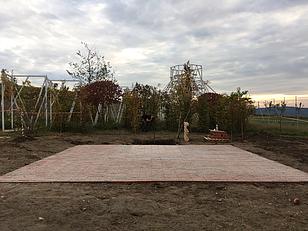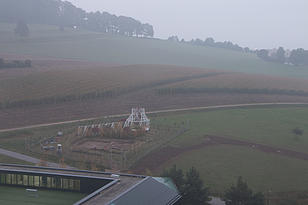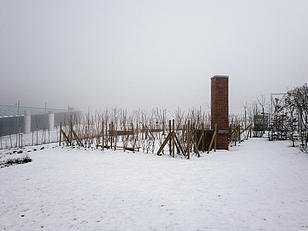Décor de Fête
Décor de Fête
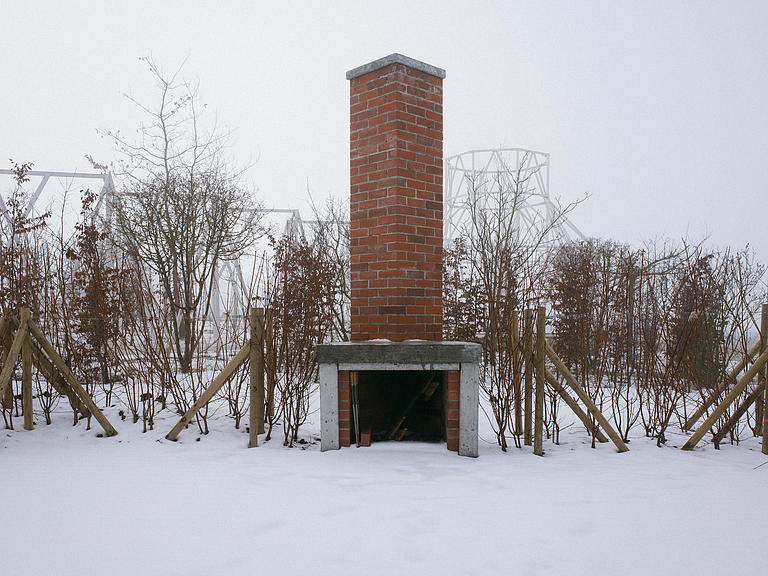
Autumn begins with a doppelgänger in the garden: the walled sun court of the roof-top residence and garden Le Corbusier built for Charles de Beistegui in Paris. With an inventory of 3’800 bricks, the necessary gravel and mortar; a magnolia tree and twenty-four metres of hedge (genus: acer campestre), the studio sets about making their own translation.
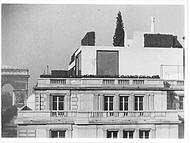
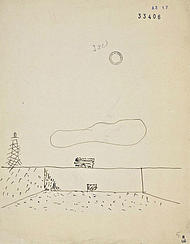
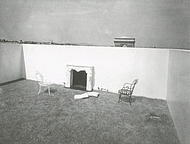
On July 16th 1929, the aristocrat Charles de Beistegui commissioned Le Corbusier to build an apartment on top of his grandmother’s “hôtel particulier” at 136 Champs-Élysées. The apartment is, by most accounts, one of Le Corbusier’s most paradoxical and mythical works. While it reflects many of the architect’s well-known concerns (light and circulation) some of its elements are of a purely decorative and surreal character uncommon to his oeuvre. These aspects become especially noticeable in the context of de Beistegui’s taste: an avid collector of surrealist art with a clear penchant for both exaggerated imagery and overstuffed furniture, there remain nevertheless spaces within the apartment whose decided surreality may be called out without necessarily invoking the influence of Le Corbusier’s client.
The apartment is crowned by a singular exterior room that hosts a false fireplace and mantel, a couple of chairs and a mirror. The garden becomes an optical instrument to oversee Paris’ iconic silhouette and its monuments—a mystifying space that insists on a surrealist experience instead of presenting a surrealist pastiche. By introducing an unexpected encounter within the scheme of the apartment, Le Corbusier voluntarily enhances this inexplicable sense of alienation, and in doing so echoes brilliantly the surrealist venture of André Breton’s Nadja (1928).





